The ruins of Chandraketugarh is an archaeological site in West Bengal. Multiple ruins depict footprints of several kingdoms in the region from ancient to medieval period. The complete history of Chandraketugarh, however, is still not traceable. But, historians and archaeologists have found several artefacts which links to the ancient civilizations in West Bengal.
Location of Archaeological site of Chandraketugarh
Chandraketugarh site (Latitude: 22o41’- 22o43’ N; Longitude: 88o42’- 88o44’ E) exists in the Berachampa region, a small town in North 24 Paraganas district. The site covers about 2-3 square miles, covering various parts of 11 local villages.
ASI conducted excavation work in five different areas at Chandraketugarh. The areas of excavations were:
- Berachampa, near the Itakhola locality;
- Khana Mihirer Dhipi, a famous 14 feet high mound to the northeast of Berachampa;
- Itakhola paddy field;
- Noongola, situated between Khana Mihirer Dhipi and Itakhola; and
- Hadipur, a village outside the mud fortification area in the southern quarter of Chandraketugarh (ref: cssmberachampa.org)
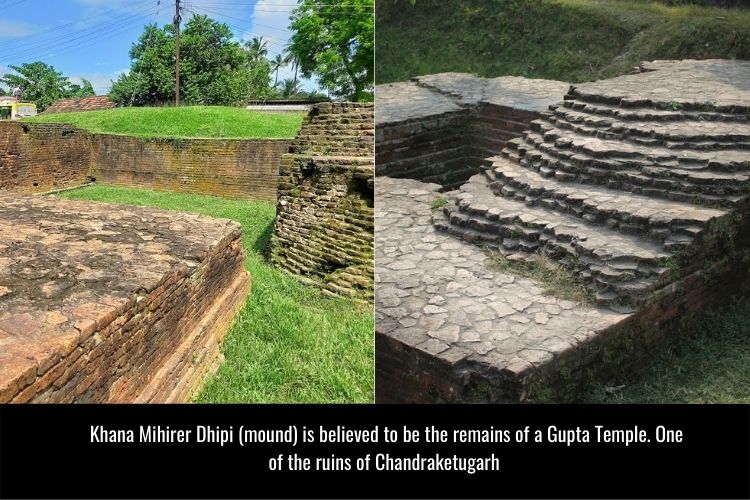
Discovery of Chandraketugarh ruins
Archaeological Survey of India (ASI) discovered the site of Chandraketugarh in 1907. But the site soon became one of the most neglected archaeological sites. After 110 long years past until 2017, Govt of West Bengal took initiative to set up a museum for the artefacts discovered at the ruins of Chandraketugarh.
Ashutosh Museum of Indian Art, University of Calcutta conducted the excavation work at Chandraketugarh between 1955-68. It revealed relics of various historical time periods. Influences of Maurya and Kushana empire were so much clear.
The museum is managed and operated by Chandraketugarh Sahidullah Smriti Mahavidyalaya (CSSM) officials. CSSM website mentions about the findings of the archaeological site. Further, it also mentions about the local residents who have preserved those antiquities and finally donated to the museum.
History of Chandraketugarh ruins
The discovery of Chandraketugarh ruins did not happen easily. In 1907, Dr. Tarak Nath Ghosh, a local resident, approached the local government to have a look into this site. He also wrote to Albert Henry Longhurst, a British archaeologist, historian, and also an official of the ASI. However, Longhurst declared the site of ‘no interest’, and the ruins left forgotten for next two years.
Rakhaldas Bandopadhyay, who also discovered the ruins of Harappa and Mohenjo-Daro, visited the site in 1909. But unfortunately, he also did not show much interest about this site. However, the artefacts of Chandraketugarh site did draw his interest. It also influenced him to publish a preliminary report on a Bengali monthly, Basumati.
Several historians and archaeologists took initiative, along with the Ashutosh Museum of Art, Calcutta University in 1955; and carried out excavation works. An excavation work at a 5 meter high mound at Khana Mihirer Dhibi, led to a discovery of a temple complex of post Gupta period. Later few more excavations also helped discovery of several ruins of pre-Mauryan period, of about 200 BCE.
Antiquities found at the ruins of Chandraketugarh
A numerous terracotta objects had been discovered from the archaeological site of Chandraketugarh. Majority of them has been terracotta figurines, potsherd, coins etc. You can visit the museum at Chandraketugarh and see them.
The Goddess Laxmi depicts cultures of Hindu religion in 1st or 2nd century BCE. The Goddess standing on lotus stalks and also holding lotus stalks in her hands.
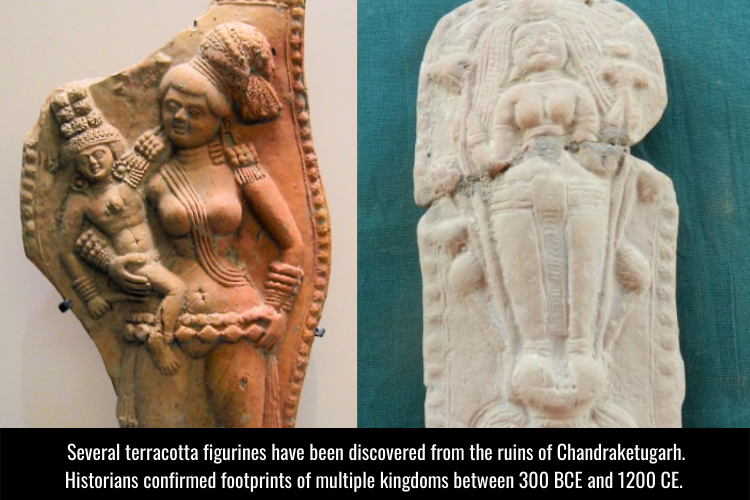
Another terracotta figurine found was of a lady wearing some auspicious hairpins. Those hairpins are in different forms of weapons or ayudhas. The lady was wearing ayudhas of ankush (goad), a trishula (trident), a parasu (battle axe), a vajra (thunder stick). Perhaps, the semi divine figure indicates how ancient kshatriya ladies used hidden weapons for self protection. However, there are a number of controversies across experts in actual identification of those figures.

A large number of coins also have been discovered from Chandraketugarh. The coins are of different types and several historical ages. Some of them are:
- cast copper coins,
- punch-marked copper and silver coins,
- one billon coin with ship motif,
- Kushana gold coins,
- a few gold coins of the Imperial Guptas,
- a silver coin of Skandagupta, etc. (ref: cssmberachampa.org)
Some of the potteries carry inscriptions in Brahmi and Kharoshthi scripts. But they lack any credible information about any period or ruler. Carbon dating tests suggest some of them are from ancient Maurya period. The ruins of Chandraketugarh carries footprint of multiple dynasties that ruled in ancient and medieval India. Glimpses of the Shungas, Kushans, Guptas and Palas are clearly visible.
Ancient civilization of Chandraketugarh
Several foreign travelers, historians, explorers have visited and mentioned about the similar region of Bengal. The likes of Megasthenese, Ptolemy, Diodorus Siculus have mentioned or hinted about Gangaridai kingdom of the same Gangetic delta region.
Famous Greek explorer Megasthenese (350-290 BCE) mentioned about Gangaridai, in his book Indica. The name ‘Sandrokrottos’ has an unbelievable similarity with the name Chandraketu. However, majority of historians argues ‘Sandrokrottos’ indicates to Maurya King Chandragupta Maurya. But the location he pointed can not fully rule out the possibility the Chandraketugarh belonged to ancient Gangaridai kingdom – claimed by researchers of IIT, Kharagpur.
Diodorus Siculus (90-30 BCE) also described about Gangaridai kingdom, belonged to the eastern part of Ganges.
This river [Ganges], which is thirty stades in width, flows from north to south and empties into the ocean, forming the boundary towards the east of the tribe of the Gandaridae, which possesses the greatest number of elephants and the largest in size. Consequently no foreign king has ever subdued this country, all alien nations being fearful of both the multitude and the strength of the beasts. In fact even Alexander of Macedon, although he had subdued all Asia, refrained from making war upon the Gandaridae alone of all peoples; for when he had arrived at the Ganges river with his entire army, after his conquest of the rest of the Indians, upon learning that the Gandaridae had four thousand elephants equipped for war he gave up his campaign against them.
Bibliotheca Historica by Diodorus Siculus
Translated by Charles Henry OldfatherPtolemy (90-168 CE) mentioned about Gangaridai which belonged to a region around the five mouth of Ganges. The location of Chandraketugarh site so close to region. Hence, it can not be fully neglected the ruins belonged to the ancient Gangaridai kingdom.
The Roman guide ‘The Periplus of the Erythrean Sea’ (1st – 3rd century CE) also mentioned about Gangaridai. It clearly states the kingdom was located adjacent to the Bay of Bengal which is north to the port city of Dosarene of Kalinga.
Conclusion
The findings from the ruins of Chandraketugarh still remained unfinished in 110 years. So has been the conclusion about it’s own identity. The efforts from Ashutosh Museum of Indian Art and the researchers of IIT, Kharagpur had been truly priceless. But unfortunately, it could not change the opinion of rest of the world.
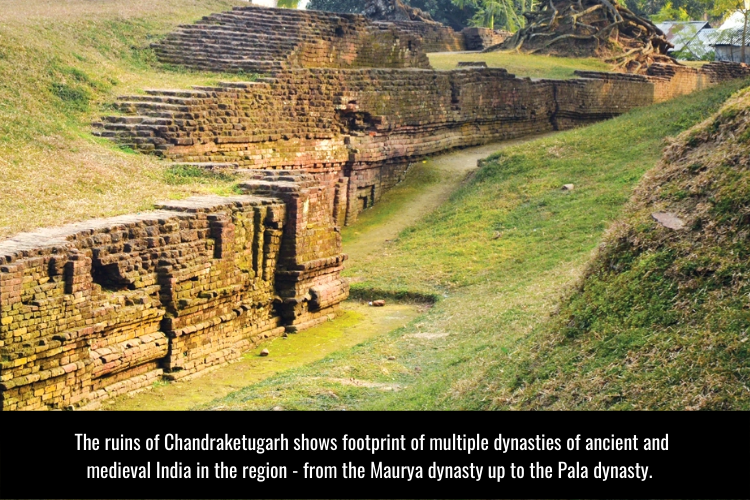
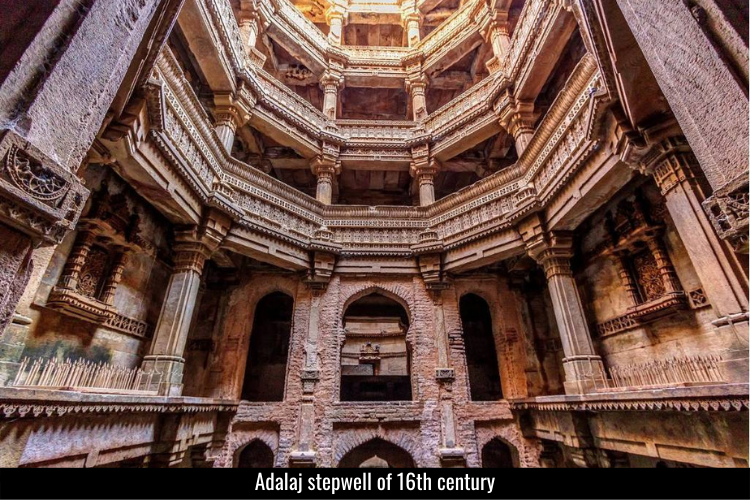
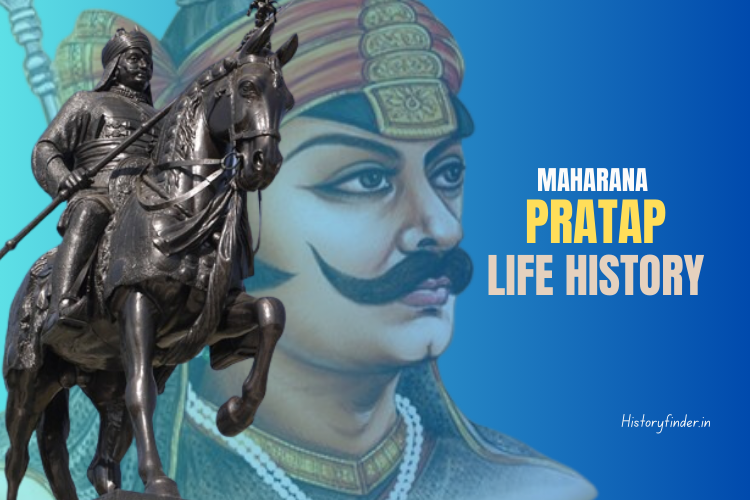
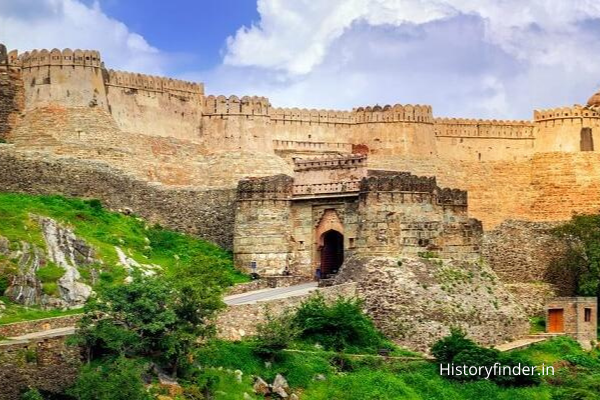
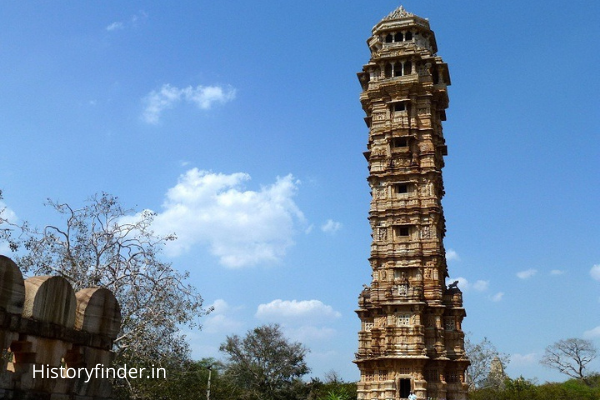
Pingback: Pre-Historic Bengal: History of Bengal before 1000 BCE - History Finder